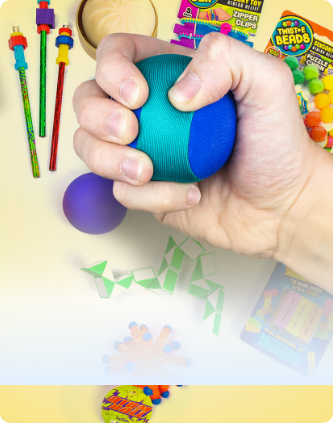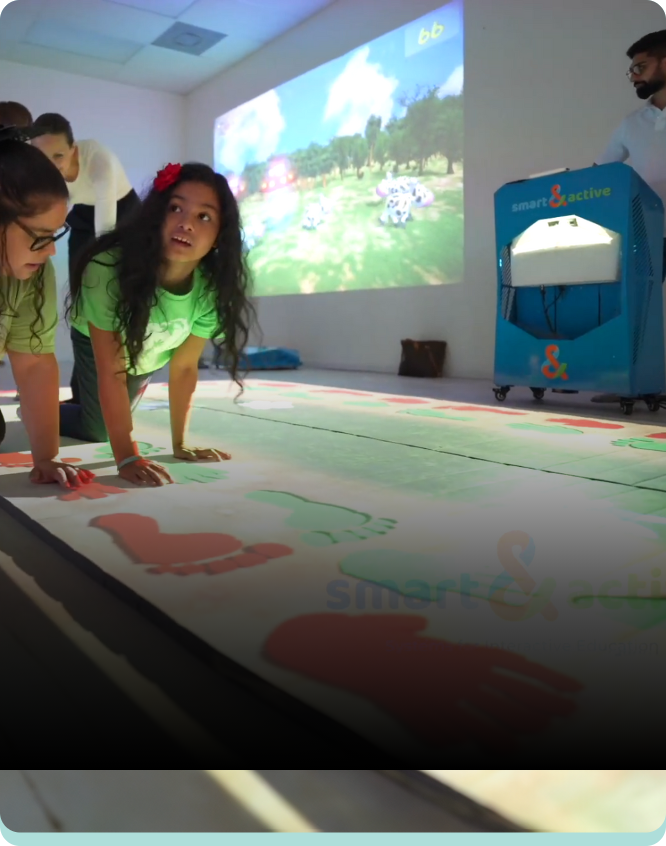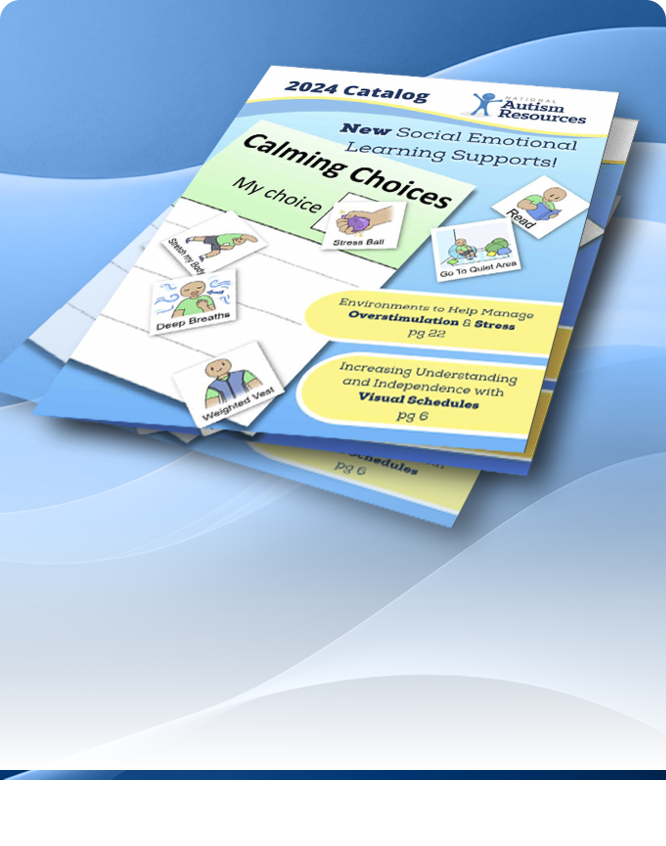Setting up your autism classroom correctly can increase skill acquisition and independence and lower stress and anxiety. According to Dr. Lori Ernsperger, an autism specialist with over twenty years of experience, “the best way to make sure your students learn well is to ensure that the physical layout of your classroom is maximized and workstations are clearly delineated.”
Creating a well-designed classroom that has clearly defined work stations and visual cues can greatly increase the independence of your students. Make sure you have plenty of visual cues, reduce clutter, and as much as possible remove distracting visuals and auditory stimulation. Here are a few tips to help you set up your classroom from Dr. Ernsperger’s book Keys to Success for Teaching Students with Autism.
Pay Special Attention to the Physical Layout
Before you start this process, begin by thinking about the “flow” of your classroom day. Think about the flow of students and staff as they transition around the classroom. Try to decrease waiting times. Furniture arrangement should support both small group and large group instruction and can create physical walkways that can facilitate smooth transitions.
Make sure to:
- Label each workstation, shelves, and cabinets with a picture and the corresponding word.
- Use furniture to partition off specific areas.
- Remove any furniture or materials that are not useful.
- Use colored tape to establish boundaries.
Try to design your class layout according to your class schedule. As you are setting up your classroom, make sure it supports your schedule. For example, an area with a tile floor is more appropriate for snack time rather than language arts.
Keep in Mind Sensory Stimulation
Sensory challenges are common with autistic students; try to minimize sensory stimuli as much as possible. Pay attention to lighting, windows, floor coverings and ceilings. Even small changes like lowering shades and turning down overhead lights can be helpful. Use carpets to reduce noise levels. Face desks away from windows or doors.
Get Rid of the Clutter
Many teachers are collectors once something comes into your classroom it never leaves! Does your classroom have unused furniture, old posters or items that don’t serve a specific teaching purpose? If so now is the time to get rid of the clutter. Many students with autism pay attention to details and can miss the big picture. It would be a shame for them to focus on a nonteaching item instead of you. Take a minute, stand in the middle of your classroom and check to see if there are any posters, or items sitting out that don’t serve a teaching purpose - if you see something that you will not use get rid of it.
Use Visuals to Increase Independence and Define Spaces
A picture is worth a thousand words – so use them. Label cabinets with words or pictures to visually show students how to put things away. Use a visual schedule to help your student understand the flow of the day. Many students with autism don’t understand personal space. Define personal space by drawing masking tape outlines on the floor.
Have a Calm Down Area
Misunderstandings, over stimulation, or communication break downs can easily lead to frustration and even a meltdown. Prepare ahead of time for this by creating a calming area. This could be a desk with dividers by it or a small area in the corner of the classroom with a bean bag chair and some headphones. Ideally this area should have a few calming items your student enjoys and should never be used as a form of punishment. Make sure this area is free of distractions. Once the student is calm, use the break area to teach stress reduction techniques.
Organize Your Desk, Teaching Resources and Data Collection Materials
You must also provide an area for the staff to store their personal belongings, store resource materials, and provide for data collection. Try to reduce the number of teacher desks in the classroom. They often take up a large amount of valuable space; therefore, it is not always feasible for every staff member to have a desk. You may also want to keep personal belongings and unused teaching items in a locked cabinet. Also make sure it is as easy as possible for your staff to collect data. You may consider hanging clipboards on the wall or placing file folders in each of your centers.
For more tips on how to help your autistic students check out Dr. Ernsperger’s book for practical guidance on effective classroom environments, curriculum development, instructional strategies, managing problem behaviors, data collection and building effective teams.
For more ideas check out our Teaching Supplies section.
Free U.s. Shipping On Orders Over $89 (Excludes items with truck symbol, AK & HI)
Quick Search
Free U.S. Shipping On Orders $59+. (Excludes items with truck symbol, AK & HI)
- Teaching
- Toys & Gifts
-
Calming
Calming
Go Back - Sensory & OT
- Resources






